Ancient temples are always the most fascinating part of the tapestry of Indian culture, and when you consider your next trip to the state of Gujarat, don’t miss the spectacular view of temples in Gujarat without fail. One such ancient place is the Sun Temple of Modhera.
The Sun Temple of Modhera was built by King Bhima I of the Chalukya dynasty in the early 11th century. It is a temple built in honor of the Sun God in Modhera village of Mehsana district on the bank of Pushpavati river. The temple complex is divided into three parts – Gudha Mandapa (shrine), Sabha Mandapa (Legislative Assembly), and Kunda (reservoir).
This article is a quick look at some interesting facts related to this heritage constitution of India. In this blog post, we will explore the history, architecture, and significance of the Modhera Sun Temple.
History of Modhera Surya Mandir:
Modhera is a small town located in the state of Gujarat in India. It is known for its rich cultural heritage, especially the Modhera Sun Temple. The temple is an architectural marvel that is a testament to India’s rich history and culture.
Modhera was once the capital of the Solanki dynasty, which ruled over Gujarat from the 10th to the 13th century. The Solanki dynasty was known for its patronage of the arts, literature, and architecture.
The Modhera Sun Temple was built during the reign of King Bhimdev I in the 11th century. The temple was dedicated to the Hindu Sun God, Surya. It was constructed in a way that would allow the first rays of the sun to fall on the deity’s face at dawn. This is a clear indication of the temple’s association with the Sun God.
The temple was built using locally available sandstone, which was carved and shaped by skilled artisans. The temple is a fine example of Solanki architecture, which is characterized by intricate carvings, intricate motifs, and elegant designs. The temple is designed so that during every equinox, the first ray of the rising sun falls on the diamond placed on the head of the Sun God. This will illuminate the temple with a golden glow.
The Architecture of Modhera Sun Temple:
The Modhera Sun Temple is a unique example of Indian temple architecture. The temple is divided into three parts: the main hall or the assembly hall, the shrine, and the sacred tank or the stepwell.
The main hall or the assembly hall is a large open pavilion with 52 intricately carved pillars. The pillars are arranged in such a way that they form a semi-circle, which gives the hall a grand and majestic look. The hall is designed in such a way that it allows sunlight to filter in through the pillars, creating a beautiful play of light and shadow.
The shrine is a small structure that houses the idol of the Sun God, Surya. The idol is made of gold and is placed on a platform, which is surrounded by intricately carved walls. The shrine is designed in such a way that the first rays of the sun fall on the idol’s face at dawn.
The sacred tank or the stepwell is a large tank surrounded by a flight of steps. The tank was used for ritual bathing, and the steps were used as a gathering place for devotees. The tank is decorated with intricate carvings and sculptures, which depict scenes from Hindu mythology.
Why Modhera Sun Temple has an Important Place in Gujarat Tourism?
The Modhera Sun Temple is one of the most important tourist attractions in the state of Gujarat, India. It is a popular pilgrimage site for Hindus and is visited by tourists from all over the world. The temple’s historical and architectural significance has made it an essential part of Gujarat’s tourism industry.
Here are some reasons why the Modhera Sun Temple is essential in Gujarat tourism:
1. Rich Cultural Heritage:
The Modhera Sun Temple is a testament to the rich cultural heritage of Gujarat. The temple’s architecture and carvings reflect the Solanki dynasty’s patronage of the arts, literature, and architecture. The temple is also significant from a religious point of view as it is dedicated to the Sun God, Surya. The temple’s cultural and religious significance makes it an important part of Gujarat’s tourism industry.
2. UNESCO World Heritage Site:
The Modhera Sun Temple has been declared a UNESCO World Heritage Site, which has helped to preserve and protect it for future generations. This designation has increased the temple’s value as a tourist attraction and has made it a popular destination for tourists interested in history and architecture.
3. Tourist Infrastructure:
The Gujarat government has invested in tourist infrastructure around the Modhera Sun Temple, including hotels, restaurants, and transportation. This investment has made it easier for tourists to visit the temple and has created job opportunities for locals.
4. Festivals and Events:
The Modhera Sun Temple hosts various festivals and events throughout the year, which attracts a large number of tourists. The most popular festival is the Modhera Dance Festival, which is held every year in January. The festival features classical Indian dances performed by some of the country’s best dancers against the backdrop of the temple’s stunning architecture.
5. Proximity to other Tourist Attractions:
Modhera is located near several other tourist attractions, such as the Rani ki Vav stepwell in Patan and the Sun Temple in Ranakpur. These attractions are easily accessible from Modhera, making it a popular destination for tourists who want to explore the region’s cultural and historical sites.
Major Visitor Attractions in Modhera Sun Temple
Modhera Sun Temple is one of the finest examples of Indian temple architecture, and it attracts visitors from all over the world. Here are some of the major visitor attractions in Modhera Sun Temple:
1. Surya Kund:
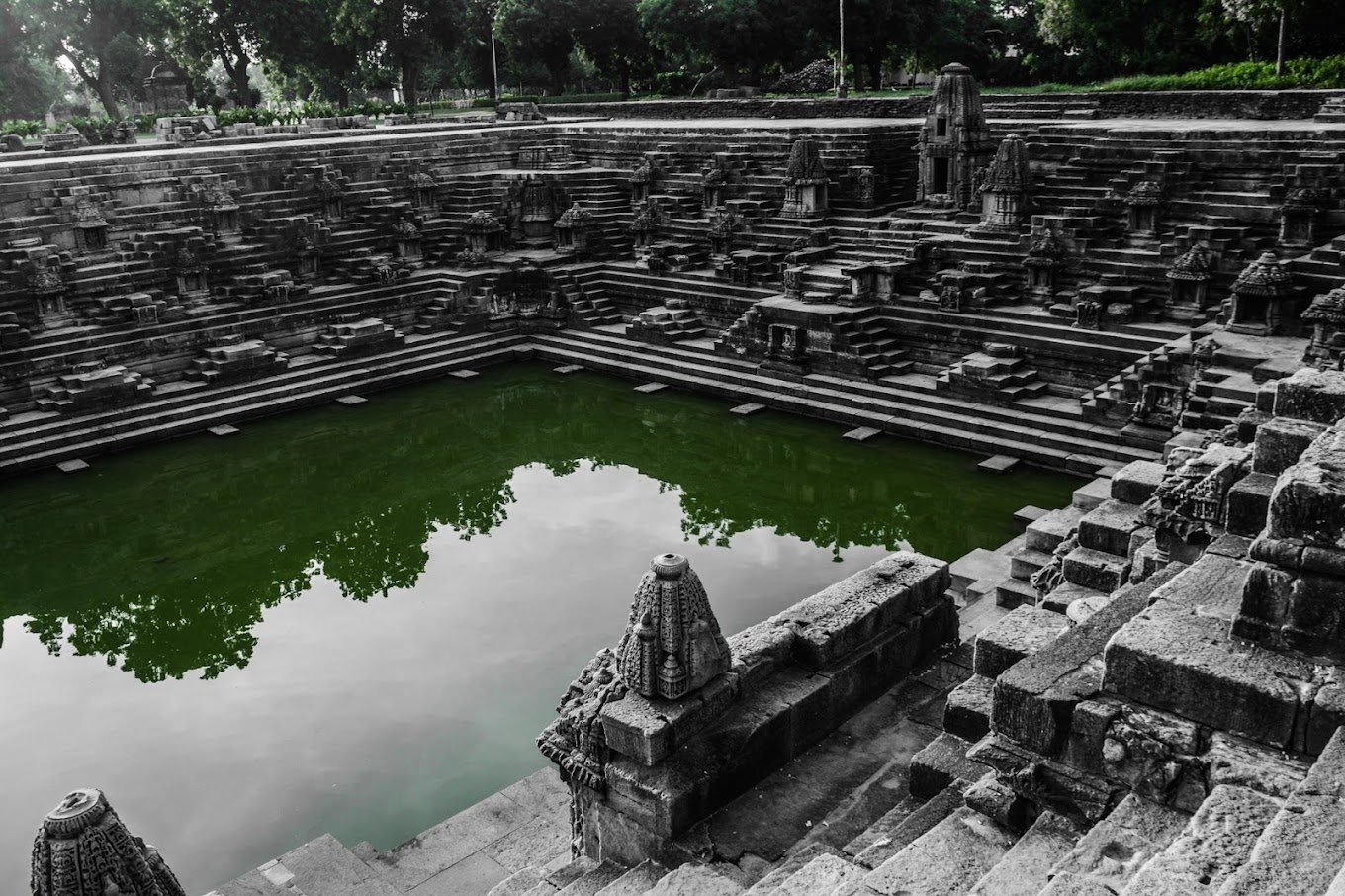
Surya Kund is a large stepped tank located in front of the temple, built in the 11th century. The tank has 108 miniature shrines, each with a statue of a Hindu deity. The tank is a visual delight and is best seen during the early morning hours when the sun’s rays fall on the shrines, creating a stunning effect.
2. Sabha Mandap:
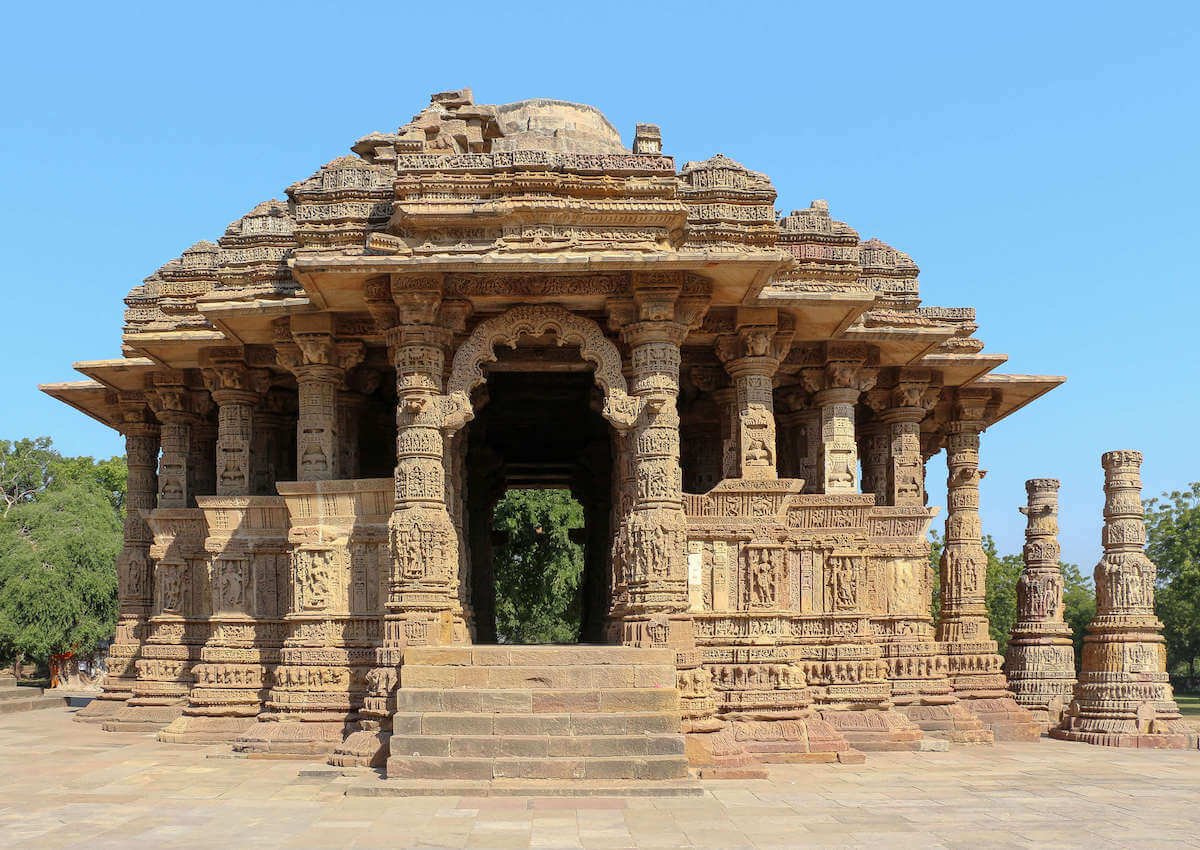
Sabha Mandap is a large hall located in the temple complex, built in the 11th century. The hall has intricately carved pillars and walls, depicting scenes from Hindu mythology. The hall was used for religious ceremonies and cultural events.
3. Guda Mandap:
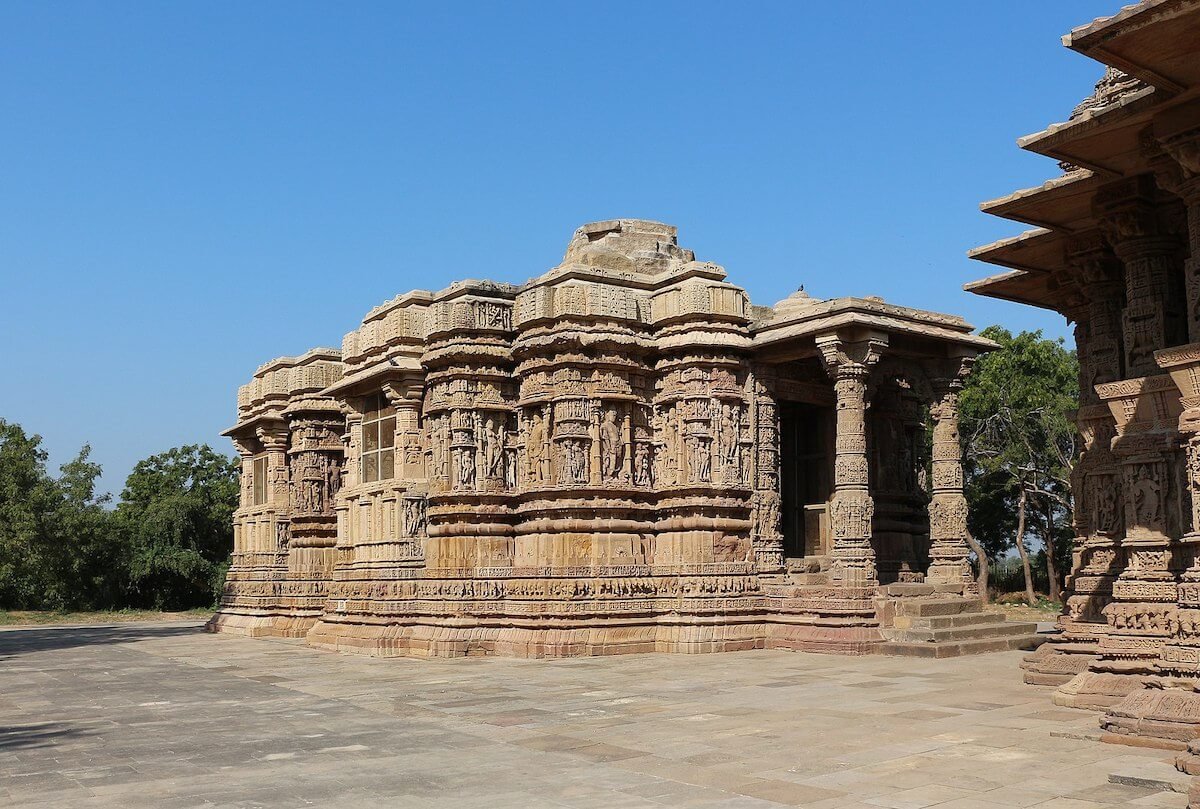
Guda Mandap is the main shrine of the temple, dedicated to the sun god. The shrine has a carved tower with a spire, and the sanctum sanctorum houses a beautifully carved idol of the sun god. The walls of the shrine are adorned with intricate carvings and sculptures.
4. Modhera Dance Festival:
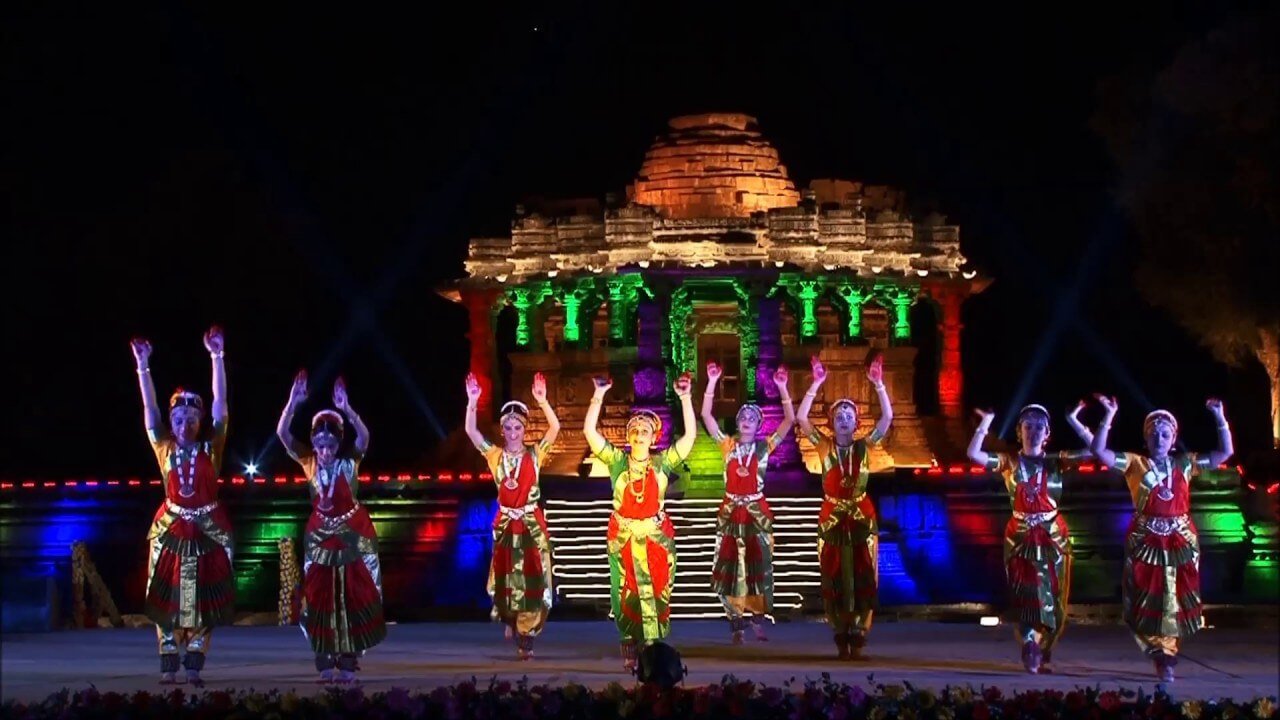
Modhera Dance Festival is a cultural event held every year in January, featuring classical Indian dances performed against the backdrop of the temple’s stunning architecture. The festival attracts visitors from all over the world and is a must-see event for anyone visiting Modhera Sun Temple.
5. Modhera Museum:
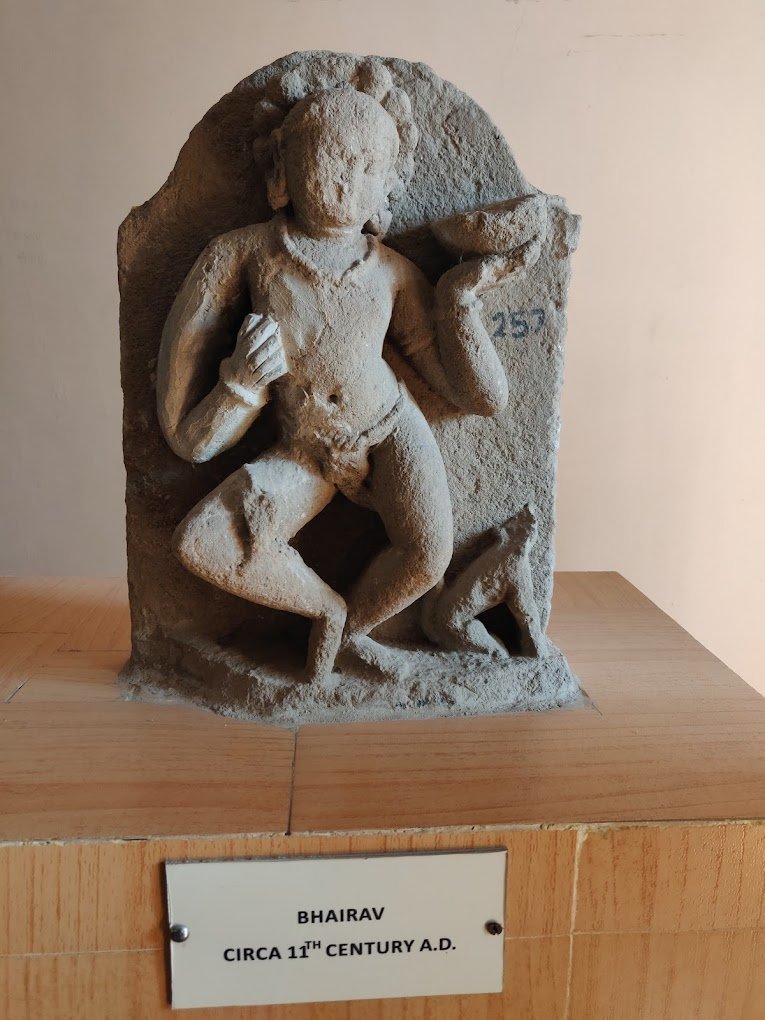
Modhera Museum is located within the temple complex and houses several sculptures, inscriptions, and artifacts from the temple’s history. The museum offers a glimpse into the temple’s past and is an excellent place to learn more about the temple’s architecture and history.
How to Reach Modhera Sun Temple?
Modhera Sun Temple is located in the town of Modhera in the Mehsana district of Gujarat, India. It is easily accessible by road and rail. Here are the best ways to reach Modhera Sun Temple:
By Road:
The most convenient way to reach Modhera Sun Temple is by road. The temple is well connected by road to major cities in Gujarat, such as Ahmedabad, Gandhinagar, and Mehsana. State-run buses and private taxis are readily available from these cities to Modhera.
By Rail:
The nearest railway station to Modhera Sun Temple is Mehsana Junction, which is around 25 km away. Mehsana Junction is well-connected to major cities in Gujarat, such as Ahmedabad, Surat, and Vadodara. From Mehsana Junction, visitors can take a taxi or a local bus to reach Modhera.
By Air:
The nearest airport to Modhera Sun Temple is Sardar Vallabhbhai Patel International Airport in Ahmedabad, which is around 100 km away. Ahmedabad airport is well-connected to major cities in India and abroad. From Ahmedabad, visitors can take a taxi or a state-run bus to reach Modhera.
By Private Car:
Visitors can also reach Modhera Sun Temple by private car. Many car rental companies offer cars on rent, which can be used to reach Modhera. Visitors can also hire a taxi or a chauffeur-driven car to reach the temple.
Best Time to Visit Modhera Sun Temple
The best time to visit Modhera Sun Temple is between October and March, during the winter season in Gujarat. The weather during this time is pleasant, with the temperature ranging from 10 to 25 degrees Celsius, making it an ideal time for sightseeing.
During the winter season, the temple is less crowded, and the cool weather allows visitors to explore the temple comfortably. The winter season is also an excellent time to attend the Modhera Dance Festival, which is held in January every year. The festival features classical
Indian dances are performed by some of the country’s best dancers against the backdrop of the temple’s stunning architecture.
On the other hand, the summer season in Gujarat, from April to June, can be extremely hot and uncomfortable, with temperatures soaring up to 45 degrees Celsius. Monsoon season, from July to September, can also be challenging for visitors as the region experiences heavy rainfall and the temple can be inaccessible due to flooding.
Therefore, the best time to visit Modhera Sun Temple is during the winter season, between October and March, when the weather is pleasant, and visitors can comfortably explore the temple and attend the Modhera Dance Festival.
Wrapping it up:
The Modhera Sun Temple is a testament to India’s rich history and culture. It is an architectural marvel that is not only significant from a religious point of view but also from an architectural point of view. The temple is a must-visit for anyone interested in Indian culture, history, and architecture.


